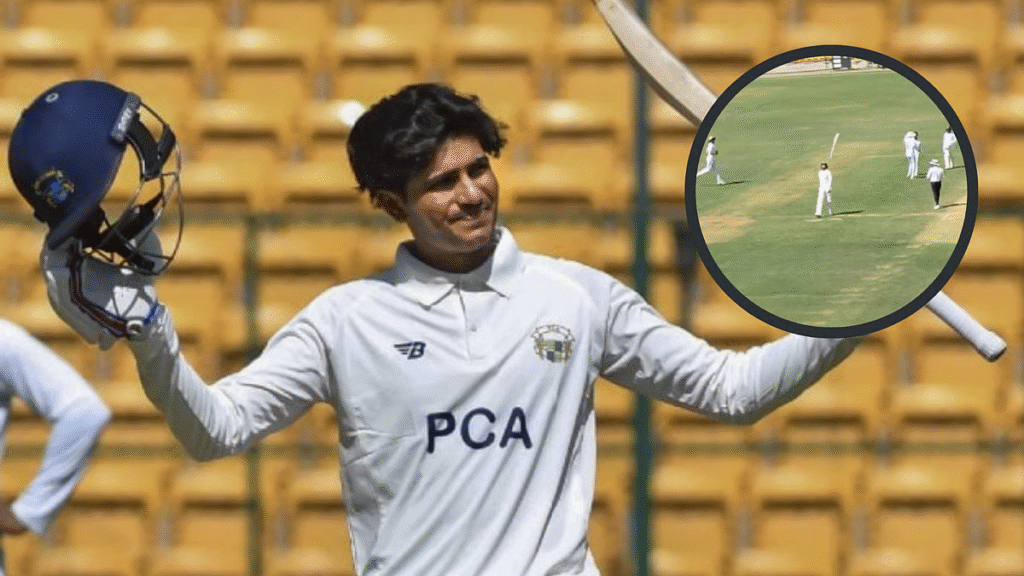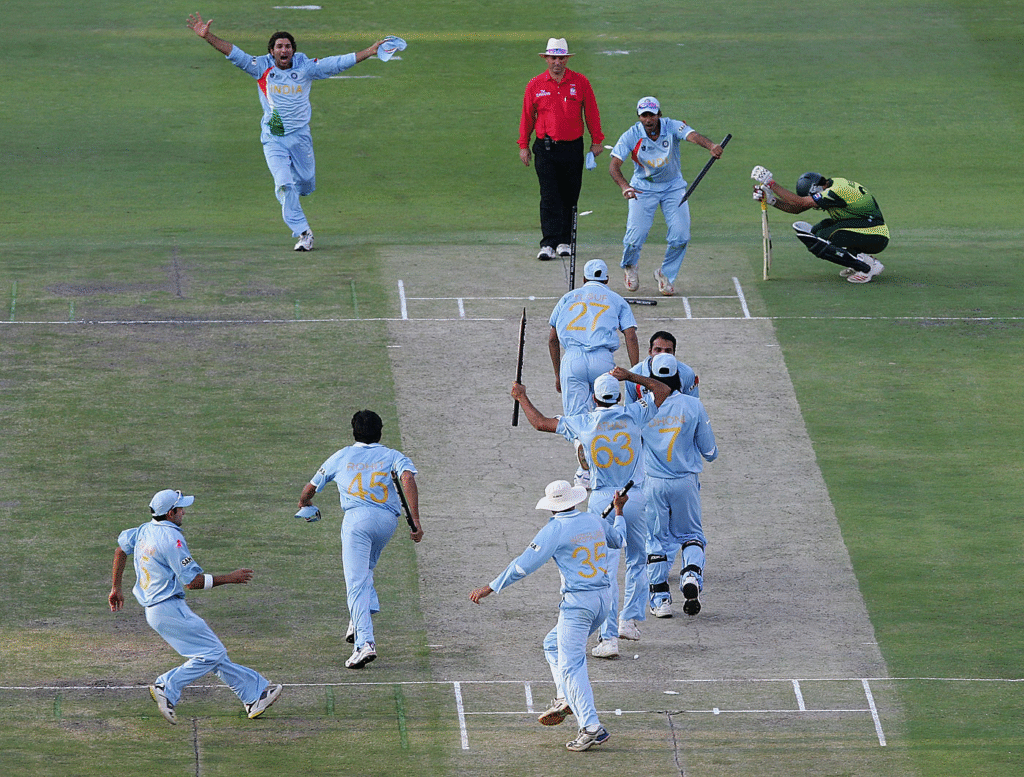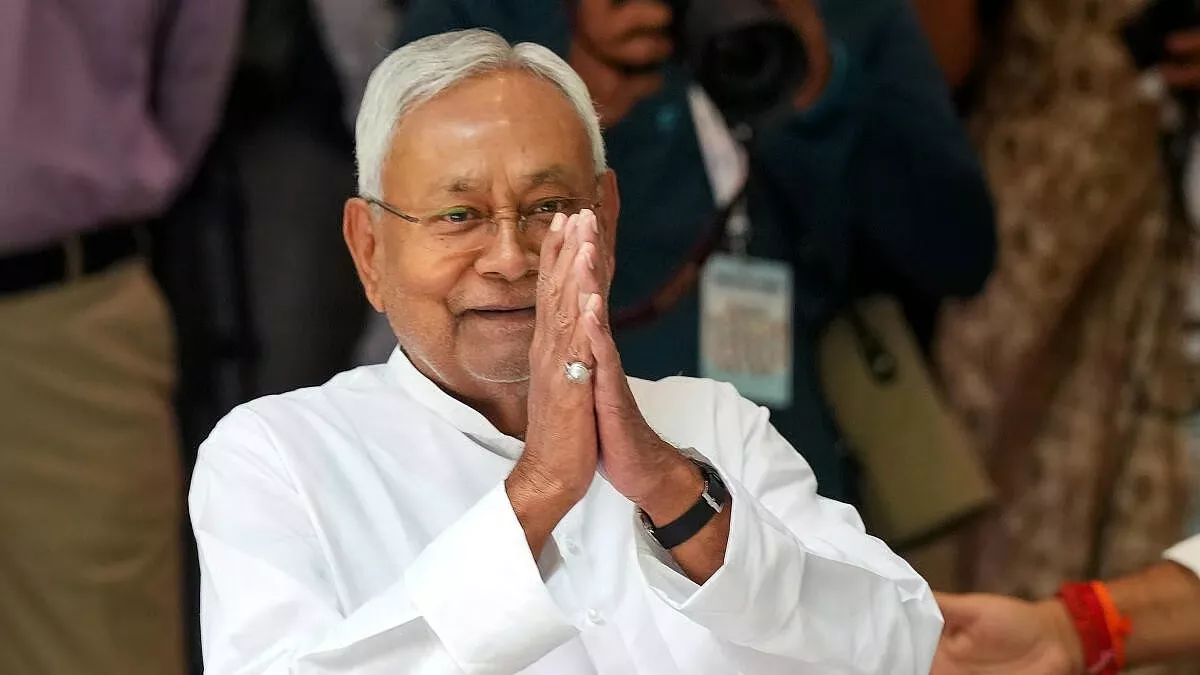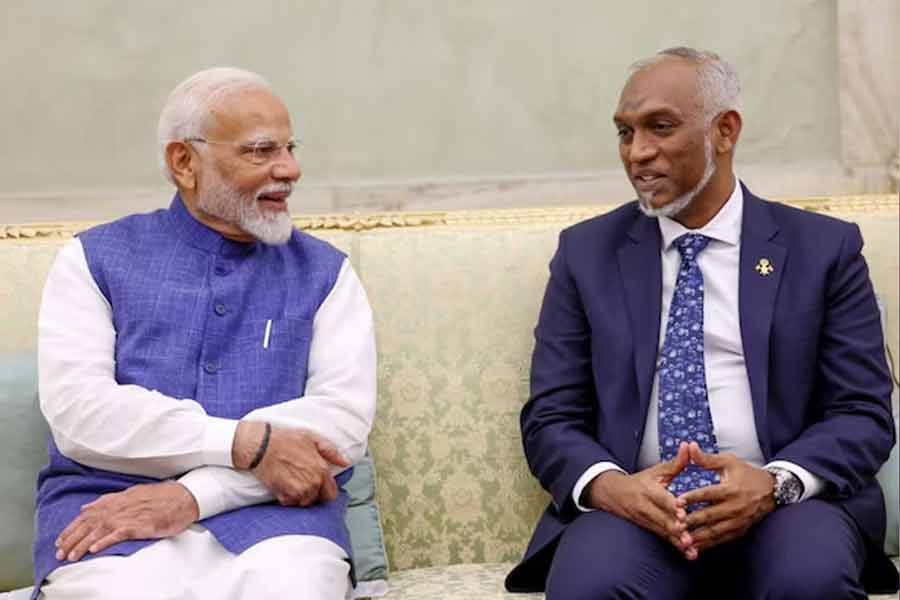The cricketing world was recently set ablaze when Indian batting sensation Shubman Gill launched a public attack on the Dukes cricket ball, a mainstay in English county cricket and used in some Test matches. His criticism, centered on the ball’s performance and durability, sparked a significant debate within the cricketing community. This article delves into the heart of the controversy, examining Gill’s specific complaints, the manufacturer’s response, and the potential implications for the game.
This analysis will cover the specifics of Gill’s concerns, an overview of the Dukes ball itself, the manufacturer’s official statements, expert opinions, and the potential repercussions of this public disagreement. The goal is to provide a comprehensive understanding of this ongoing situation and its impact on the future of cricket.
Shubman Gill’s Scathing Review: What Did He Say About the Dukes Ball?
Shubman Gill didn’t mince words when discussing the Dukes ball. His primary concerns revolved around the ball’s behavior during a recent Test match. He reportedly stated that the ball lost its shape and seam integrity very quickly, leading to inconsistent bounce and significantly reduced swing as the innings progressed. He was particularly critical of how the seam deteriorated, impacting the bowlers’ ability to generate movement off the pitch and through the air.

Specifically, Gill’s comments highlighted instances where the ball seemed to “die” after a few overs, offering little assistance to the bowlers and making it easier for batsmen to score. This led to a noticeable shift in the game’s dynamics and, according to Gill, compromised the competitiveness of the match. He also mentioned that the ball’s inconsistent bounce made it challenging to time shots and forced batsmen to adjust their techniques.
Unpacking the Dukes Ball: A Deep Dive into the Cricket Ball’s Specifications
The Dukes ball is renowned for its hand-stitched construction and use of high-quality materials. Unlike the Kookaburra, often used in other parts of the world, the Dukes ball is known for its pronounced seam and ability to assist bowlers with swing for a longer duration. It’s primarily manufactured in England using a specific leather and stitching method which gives it a distinctive character.

The manufacturing process involves several stages, from selecting the leather to hand-stitching the seam. The seam is the most critical aspect, as it’s what bowlers grip to generate swing. The Dukes ball is made with a thicker seam than many other cricket balls, allowing for better swing early in an innings. However, this thicker seam can also be a point of vulnerability, as it’s prone to wear and tear, especially in hot or abrasive conditions. The choice between the Dukes and other brands like Kookaburra depends on the conditions and the specific format of the game. The Dukes ball is generally seen as more suitable for English conditions, where it can swing for a longer period.
The Manufacturer’s Defense: Dukes’ Official Response and Claims
In response to Shubman Gill’s criticism, Dukes issued an official statement addressing the concerns. The manufacturer acknowledged the importance of feedback from players and stated that they were committed to maintaining the quality and performance of their products. The tone of the response was professional, with Dukes emphasizing their dedication to producing the best possible cricket balls.

Dukes suggested that factors beyond their control, such as pitch conditions and weather, could influence the ball’s performance. They also highlighted their stringent quality control measures, claiming that each ball undergoes rigorous testing before being released. While not directly admitting fault, the manufacturer indicated a willingness to investigate Gill’s specific claims, stating that they would analyze the balls used in the match and seek further feedback from players and officials. They also reiterated their commitment to ongoing ball development and innovation.
Examining the Ball’s Performance: Why the Criticism Matters
The characteristics of the cricket ball play a crucial role in determining the flow of a match. A ball with a good seam, capable of swing, can provide bowlers with opportunities to take wickets early on. Conversely, a ball that deteriorates quickly can reduce the effectiveness of bowlers and allow batsmen to score more freely. The Dukes ball, when performing optimally, is designed to challenge batsmen with its swing and bounce, leading to a more balanced contest between bat and ball.

Gill’s criticism points to a potential imbalance, where the ball’s early promise doesn’t last. This can affect batting averages and run scoring, with the match dynamics shifting. It may lead to bowlers having to adjust their strategies, while the batsmen have more freedom after the first few overs. Weather and pitch conditions further amplify any issues with the ball, thus impacting the game significantly.
Expert Opinions: Other Players, Coaches, and Analysts Weigh In
The controversy surrounding the Dukes ball has prompted discussions among many cricket experts. Several former players have shared their experiences, with some agreeing with Gill’s assessment, while others have offered alternative perspectives. Some former bowlers have spoken about their struggles with worn-out Dukes balls, while others have acknowledged the changing conditions, that are often challenging for the bowlers.

Cricket coaches and analysts have also added their voices to the debate. They have highlighted the importance of consistent ball performance, emphasizing the need for fair play. They have also analysed how various factors influence ball behavior. The general consensus is that while the Dukes ball is a quality product, its performance can vary due to several factors, including environmental conditions and pitch preparation. This has led to a call for further research and potential adjustments to ball manufacturing or usage, to ensure a balanced contest between bat and ball.
Potential Repercussions: The Future of the Dukes Ball in Cricket
The criticism from Shubman Gill could lead to several changes in the future. The manufacturer may consider making adjustments to the ball’s design or materials to improve its durability and performance. It could also encourage further investigation into the factors affecting ball wear, such as weather conditions and pitch preparation. It could influence the selection of cricket balls and how they are managed in matches.
The controversy has certainly raised questions about quality control and consistency in ball manufacturing. It will be interesting to see if ball selection and quality checks in cricket will be revisited. The ultimate outcome will depend on how the issue is addressed by players, manufacturers, and cricket boards, but the focus will be on maintaining the game’s fairness and entertainment value. The situation might encourage more innovations in ball development.
Conclusion
In conclusion, the public criticism from Shubman Gill regarding the Dukes ball has sparked a significant debate within the cricket community. His complaints about the ball’s performance and durability have been met with a measured response from the manufacturer, who has acknowledged the concerns and pledged to investigate the matter. This has triggered broader discussions about the factors that influence the ball’s performance, and the need for consistency.
The controversy underscores the importance of the cricket ball in shaping the game. The discussion highlights the need for manufacturers, players, and administrators to work together to ensure a fair contest between bat and ball. This issue is far from resolved, and it remains to be seen what the long-term impact will be. What do you think about the Dukes ball? Share your opinion in the comments below!









